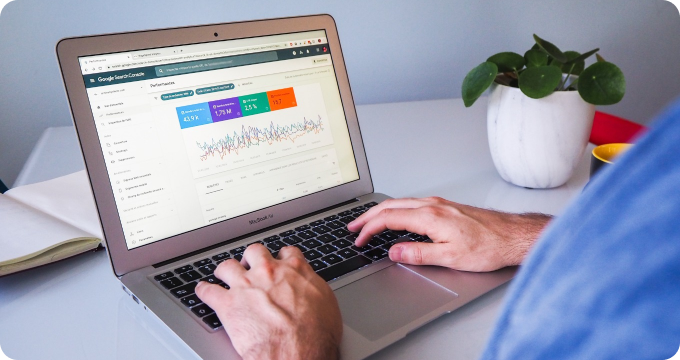The Future of Dance Studio Software: Predictions and Emerging Trends
- February 13, 2024
- 2 minutes
In recent years, the technological revolution has permeated every niche of society, including the world of dance. The inherent nature of dance, with its emphasis on movement and fluidity, contrasts starkly with the seemingly rigid, coded languages of software. However, it is precisely this contrast that makes the fusion of both worlds extremely intriguing.
Digital innovation has invariably led to the development of specialized software designed to streamline administrative tasks within dance studios. From automating scheduling to facilitating communication, dance studio software has redefined the management of such institutions. But what does the future hold for this intersection of dance and technology? Let's delve into the predictions and emerging trends in dance studio software.
One evident trend is the shift towards cloud-based solutions. Traditionally, data was stored on local servers or computers, presenting a plethora of challenges such as vulnerability to physical damage, limited accessibility, and high maintenance costs. Cloud-based software mitigates these issues by storing data on secure, remote servers, accessible from any device with an internet connection. Dance studios, like many businesses, are recognizing the potential of cloud-based systems for enhanced data security, accessibility, and cost-effectiveness.
Moreover, the software is not merely confined to administrative tasks. Innovations are pushing the boundaries of software utility by incorporating tools to aid dancers' performance and growth. Machine Learning (ML) and Artificial Intelligence (AI) are rapidly gaining traction in this realm. ML, a subset of AI that focuses on the development of computer programs that can access data and learn on their own, is being used to create advanced tools for dancers.
One particularly intriguing application of ML in dance studio software is its potential to analyze dancers' movements and offer real-time corrections. This could be achieved by integrating software with cameras that record dancers' practices or performances, with the software programmed to recognize correct postures and movements. Any deviation from these could prompt the software to provide immediate feedback. This breakthrough could revolutionize how dancers train, making learning more efficient and personalized.
Another significant trend is the integration of dance studio software with Virtual Reality (VR). VR creates a computer-simulated environment that can mimic the physical presence in real or imagined worlds, providing an immersive experience. Its potential application in dance studios is profound, enabling dancers to practice in diverse virtual environments and encounter unique challenges, thereby enhancing their adaptability and performance.
However, the introduction of advanced technologies, such as ML, AI, and VR, raises valid concerns about affordability. These technologies come with considerable costs, both for initial acquisition and ongoing maintenance. This brings us to the economic concept of economies of scale. As these technologies continue to mature and gain widespread acceptance, production costs are likely to decrease, making them affordable for more dance studios.
Moreover, the law of comparative advantage, a principle that states that individuals, firms, or countries can benefit from specializing in goods or services they can produce most efficiently, could also play a role. For instance, a dance studio might outsource the development and maintenance of its software to a specialized tech firm to optimize costs and efficiency.
Finally, it is essential to consider the implications these developments might have on the human aspect of dance. Dance is inherently human, a form of expression that communicates emotions and stories. The incorporation of software into the dance studio environment should ideally enhance, not detract from, this human element.
In conclusion, the future of dance studio software paints an intriguing picture filled with potential and exciting possibilities. From cloud-based solutions and AI to VR, the dance studio of the future is likely to be a technologically enriched environment where dancers can grow and thrive. However, these developments must be carefully navigated to ensure that the essence of dance, its human element, is preserved and cherished.
Learn More
Unleash the rhythm of your dance studio's success by diving deeper into our enlightening blog posts about dance studio software. They are encouraged to explore our impartial and comprehensive rankings of the Best Software For Dance Studios for a clearer perspective.
Popular Posts
-
 5 Compelling Reasons Why Your Dance Studio Needs Specialized Software
5 Compelling Reasons Why Your Dance Studio Needs Specialized Software
-
 How to Budget Effectively for Dance Studio Software
How to Budget Effectively for Dance Studio Software
-
 Ask These Questions to a Dance Studio Software Provider to Choose the Right One for You
Ask These Questions to a Dance Studio Software Provider to Choose the Right One for You
-
 What are Dance Studio Management Softwares and How Do They Work?
What are Dance Studio Management Softwares and How Do They Work?
-
 9 Things I Wish I'd Known About Dance Studio Software Before I Invested in One
9 Things I Wish I'd Known About Dance Studio Software Before I Invested in One






